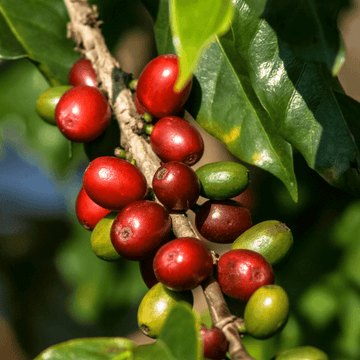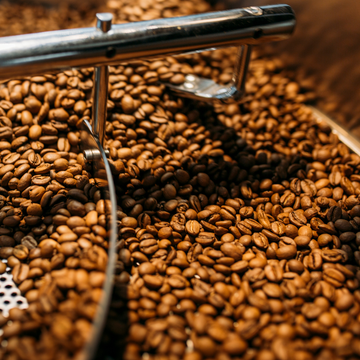The history of Mexican coffee is rich, complex, and deeply tied to the country’s colonial past, indigenous culture, and evolving global trade.
Early Beginnings (18th Century)
- Coffee was first introduced to Mexico in the late 1700s, likely by Spanish colonists who brought plants from Cuba and the Dominican Republic.
- The earliest coffee farms were found in Veracruz, on Mexico’s eastern coast. A region with tropical climate and high altitudes perfect for coffee.
- From Veracruz, cultivation spread south to Oaxaca and Chiapas, where Indigenous communities became central to coffee growing.
19th Century: Growth and Export
- During the 1800s, coffee became one of Mexico’s main export crops.
- German immigrants played a major role in developing plantations, especially in Chiapas, bringing European farming methods and trade connections.
- Coffee replaced some traditional crops as global demand rose, creating economic opportunities, but also systems of exploitation on large estates (haciendas).
20th Century: Revolution and Reform
- The Mexican Revolution (1910–1920) brought land reforms that redistributed hacienda lands to peasants.
- This led to a rise in smallholder farms, many run by Indigenous cooperatives.
- The Instituto Mexicano del Café (INMECAFE), founded in the 1970s, supported farmers, stabilized prices, and helped boost production.
Collapse and Rebirth (Late 20th Century)
- In 1989, INMECAFE was dismantled during Mexico’s shift toward neoliberal economic policies.
- Without price supports in place, coffee farmers faced a crisis which is why many turned to organic or fair-trade production as a survival strategy and increased the sale price of their coffees.
- These movements found success: by the early 2000s, Mexico became one of the world’s largest producers of organic coffee.
Modern Era
- Today, coffee is grown mainly in:
- Chiapas – bold, chocolatey, full-bodied coffees
- Oaxaca – nutty, smooth, often organic
- Veracruz – fruity, aromatic coastal coffees
Our newest release, Mexico Altura, comes from a collective of farmers in the highlands of Chiapas and Oaxaca. You’ll find notes of tangerine, milk chocolate, and sweet caramel. We feel that this is a great addition to our offerings because it’s very versatile and tastes amazing no matter how you brew it.




